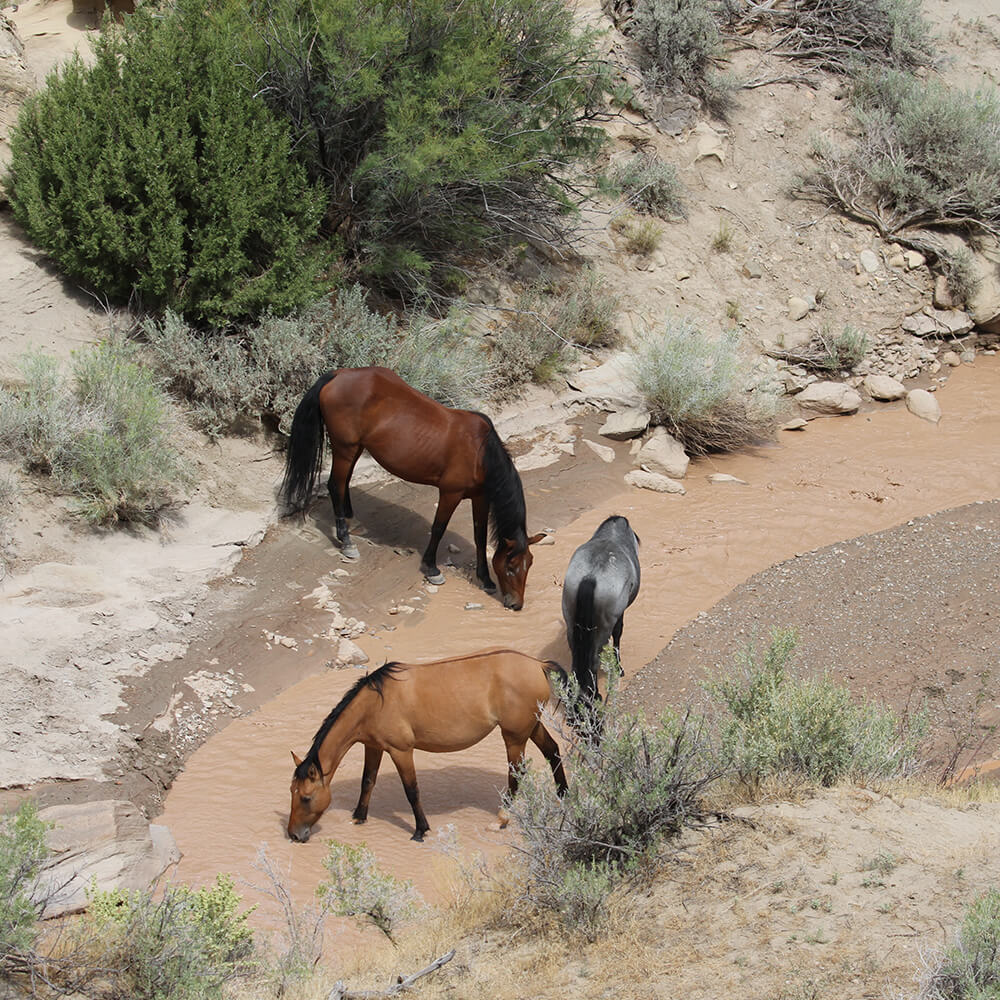Recently, a review article was published in the Journal of Equine Veterinary Science titled “Current Knowledge of Pathologic Mechanisms and Derived Practical Applications to Prevent Metabolic Disturbances and Exhaustion in the Endurance Horse”.
This article reviewed 91 scientific studies on horses, marathon runners and exercise science to develop key practical recommendations that will help you prevent exhaustion and metabolic vet outs in your endurance horse.
Below is a summary of Practical tips to prevent exhaustion and recommendations to help get your horse through the ride in the best shape possible, many are very simple, yet essential in preparing and managing your horse successfully through an endurance ride.
What can I do before the ride to ensure I’m thoroughly prepared?
- Strategy Practical Recommendations Horse Selection - Breed Generally Arabian and cross-Arabian are best Coat Clip hair coat when long
- Health status Diagnose and treat all diseases e.g. coughing etc
- MUST be musculo-skeletally sound with good conformation i.e. not all horses are sound enough for endurance Don’t enter a ride when you are questioning your horse’s health or fitness - pushing your horse through lameness, illness or disease is a sure-fire way to vet out
- Travelling to the ride, stop as frequently as possible.
- Provide food and water.
- Avoid stress Acclimatization to new environmental conditions.
- Arrive at the ride early (ideally, days before).
- Train your horse in the same conditions so it is adjusted before the ride conditions (e.g. humidity, temperature, terrain)
- Fat supplementation reduces thermal (temperature) stress
Training
The BEST way to reduce risk of exhaustion is to have an exceptionally FIT horse.
- Train SMART – get help to establish a training program with objectives and assess results Learned behaviour
- Train to drink water everywhere and any kind
- Train to take electrolytes without stress
- Train to eat at every opportunity
What can I do at the ride to ensure the best chance of vetting through?
Strategy Practical Recommendations Ride Management (High temperature and/or humidity)
- Active cooling, change ride approach e.g. slower
- Ride Management (Cold weather and/or rain) Keep warm at rest, use rugs
- Rider Education Use heart rate monitor, learn to interpret heart rate changes
- Beware of changes in horse attitude before vetting in
- Depending on temperature, if hot keep horse in shade and apply water, scrape off and reapply. Apply water over big vessels.
- Use fans (work best with chilled water)
- Managing electrolyte and fluid loss to prevent dehydration
- Well hydrated before exercise Water and electrolytes 4-6h before ride
- Don’t overdose electrolytes
- Drink salt water during and after exercise (if adapted), otherwise electrolyte pastes/powders – always with water. Add glucose to solutions
Managing energy reserves
- Feed fat Carbohydrates at least 3 hours before ride
- Small amount of grains/pellets during rest periods
- Free access to hay and grass

